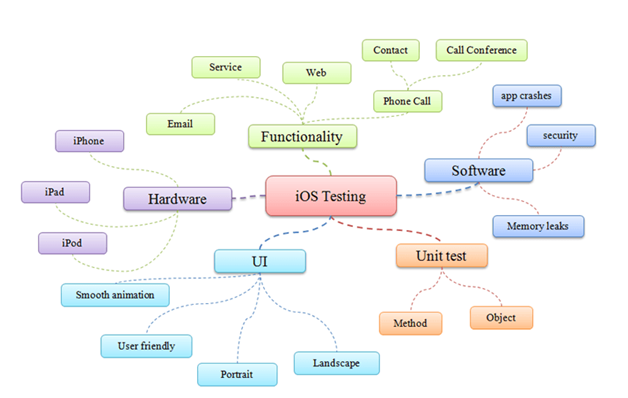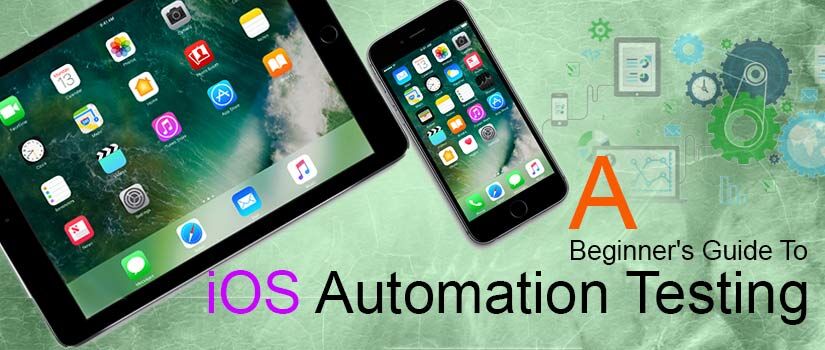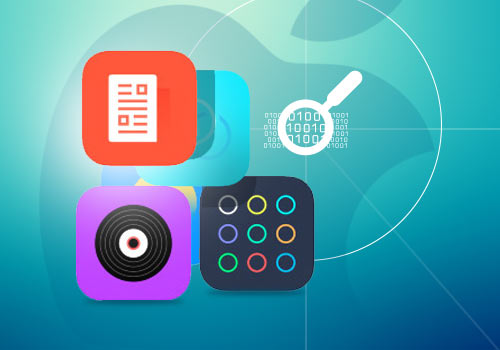Needless to mention, iOS is the official name of the platform licensed by Apple for its applications. And it is only through Apple devices that this platform allows applications to be installed and run. This is a sharp contrast to the Android operating system which authorizes other devices to operate its applications. Apple through its world-famous patented iOS platform makes its presence felt through devices such as the iPhone, iPad, iPod and iPad Mini. And these are the four devices that will demand the intervention of iOS app testing.

Tagged as an important characteristic for developers who churn out mobile applications provided by Apple, iOS automation testing comes with certain pre-defined objectives. Supporting a new instrument called as “Automation”, this is a type of UI testing that delves deep into looking into the functionalities of various applications teamed with Instruments that are tested for. Additionally, iOS Automation testing looks into the productivity of the JavaScript library. All in an attempt to authenticate an application, here is the rundown of the basic uses of iOS Automation testing.
- A robust tool that permits you to collate information about the response and performance of a single or multiple processes that are running on the iOS platform
- Permits you to collect varied types of data in addition to facilitating you to understand them closely by keeping all the information next to each other
- Every instrument is tagged as a source of a different type of information that can either be classified under the head of “memory use” or “file access”
- Can offer purse-friendly results by cutting down your cost of developing software alongside helping you garner increased productivity
- Plenty of open source testing frameworks which support iOS automation testing can be incorporated
iOS Automation Testing – A One-Stop Solution to a “Bug-Free” Application
Not withstanding the fact that it takes a lot of time and effort to design and implement an iOS application, a word of caution is to ensure that every application is free from bugs. Given the numerous common bugs, these errors when overlooked will adversely affect the functioning of the application. Below is the list of the number of ways in which the name and fame of the iOS platform and the globally-renowned features of Apple can be safeguarded, alongside meeting your quality standards.
- Instances of application crashing can be averted
- Developers can steer clear of incompatibilities in an application
- Can tighten the data security feature of iOS devices, thereby preventing them to be hacked
- Can offer a strong retort to memory leaks
Below is an iOS Testing Mind Map, a graphical representation of the different facets that the iOS tester has to keep in mind while subjecting an application to Automation testing.

Types of iOS automated tests:
- Unit Test – This is a test to validate a specific case in a class which ensures that the class can work and deliver results as a stand-alone operation.
- UI Test – Also called as Integration test, UI test helps in testing user interactions of the application, ensuring that all the classes as in perfect sync with each other to deliver the intended result.
Having understood the basic information concerning iOS automation testing, now let’s get started with writing iOS automation testing cases.
- Make use of XCTest: This is a helpful tool provided by Apple to facilitate Unit testing process. The XCTest framework is used to create a new Xcode project which includes 3 important factors:
- A separate target for each and every test
- A group for every test class
- An example test
- Create your first iOS Unit Test
- Under this head, you need to create a new test case class while naming a new subclass
- Exclude the boilerplate code
- Next is to link your test with the class that should be tested
- Write a test code
- Add a private category
- Initiate and run the test by pressing Command-U
- Analyze the results which will be displayed via the Test Navigator

With the entire guidelines in place, you can create unit tests to verify and validate the performance of an iOS application through an automated and programmed manner. All for the sake of churning out a verified and fool-proof software, the iOS automation testing cracks the whip on data breaches and memory leaks that can damage the goodwill of Apple and its patented iOS platform.




